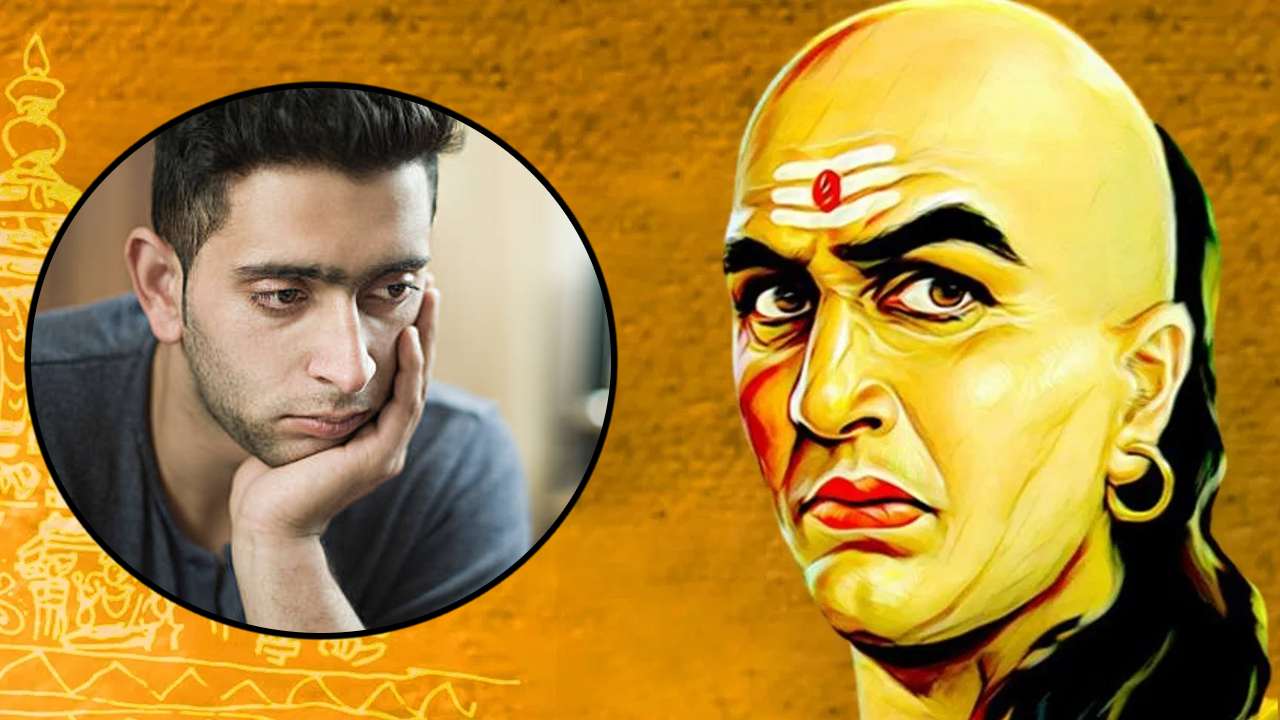Bangla Hunt,Pallab Ghosh
The city of Puri has been decked up on the auspicious occasion of Jagganath Puri Rath Yatra. The atmosphere is reigning with “Joi Jagganatha” (Hail Lord Jagganath). The entire stretch of Bada Danda, the road in front of Temple to the Gundicha Temple or Mashir Badi (aunt’s house) where the chariots of Lord Jagannath and his siblings, Balabhadra and Subhadra, will head in a short while from now where they will stay for a week after which the ritual of Ulto Ratha will commence.
The Ratha of Lord Jagannath, Balabhadra and Subhadra, have been decked up. The chariots of Lord Jagannath, Balabhadra and Goddess Subhadra are known as Nandighosh, Taladhwaja, and Padmadhwaja respectively.
As per the rituals, the ‘pahandi’ (statues) of the deities began the morning when the three gods along with Lord Sudarsana are taken out in a procession to their chariots parked in front of the Jagannath temple. The chariots will start rolling once the Raja or King of Puri Gajapati Maharaja Dibyasingha (as per ancient tradition) will sweep the chariots with the broomstick having a golden handle.
After that the famous Ratha Yatra for this year will start rolling amidst the chats of “Joi Jaggantha” and devotees playing musical instruments like
ghanta (cymbals), sankha (sconch) kahali (type of flute), mahuri (double reeded instrument), pakhauja (a variant of mridangam), madal (similar to pakhawaj).
As per the traditional Odia calendar, the Ratha Yatra begins on the second day of Shukla Paksha. Once every nine to 19 years, when the month of Ashadha followed by another month of Ashadha (known as “double-Ashadha”), a rare and unique Nabakalebar ritual takes place, this signifies “new body”. The idols of Lord Jagannath, his elder brother Balabhadra and sister Subhadra are made from wood, they decay over time and required to be replaced. The new idols of the three deities are crafted from neem wood. However, not all neem trees are suitable for this purpose.
Nabakalebara is when the wooden idols are replaced with new ones. In the last century, the ritual was performed in 1912, 1931, 1950, 1969, 1977, 1996, and 2015.
The creation of new idols and destruction of the old idols symbolizes reincarnation.






